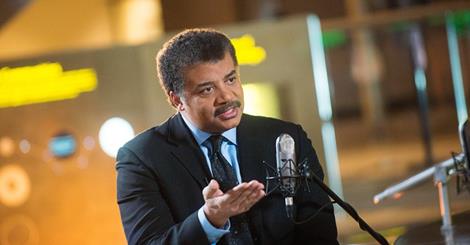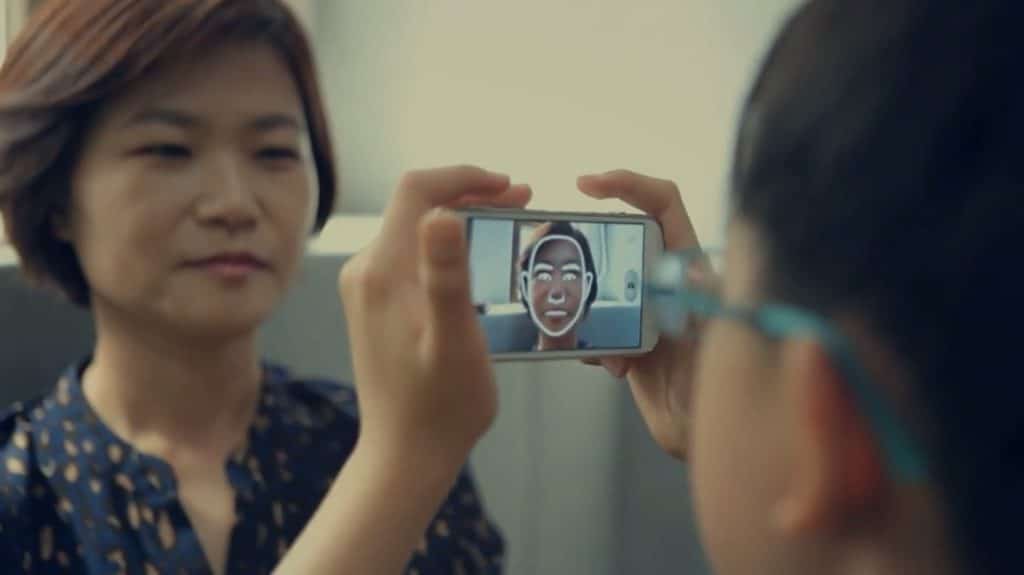The education system has a very limited view of autism. It’s seen solely as a disorder. Children who have it are treated like they have been given nothing more than a disadvantage. Their alternative ways of thinking are not praised but rather questioned and often scrutinized.
Some would argue, however, that autism deserves a completely different kind of reaction from the public.
Some of the world’s greatest minds belong to autistic people like Temple Grandin, a professor of animal science at Colorado State University.
She is hailed by many as an incredible asset when it comes to research, and famed astrophysicist Neil deGrasse Tyson pondered the impact of her autism during the latest episode of Star Talk.
“Does [autism] give something to her or take something away,” he questioned before his guest joined him.
Her mind is “fascinating,” in Tyson’s words, but is that the result of her autism or just her “insightful” nature.
Grandin, an autism activist whose own life was chronicled by HBO in a self-titled film, joined Tyson and explained that she indeed offers a different way of thinking that is absolutely necessary in the world of science.
“In science we need both kinds of thinking,” Grandin told Tyson.
The two kinds of visual thinking she was referring to are “object photo-realistic thinking” and “more visual, spatial, where you are in space thinking.”
Object photo-realistic thinking is often associated with more artistic minds. This is the kind of thinking that makes Grandin stand out in science.
The latter form of visual thinking is more typically associated with math and science.
“What I’m really good at, when I read a journal article, is the methods — because when I read the methods section of an animal science or biology paper, I want to be able to understand how they did that experiment,” Grandin said.
That’s where other researchers tend to fail by focusing too closely on statistics and programs.
“Yes, you need to do statistics — that’s why I work with a statistician —but you also need my kind of mind to make sure people are fully describing how they did an experiment,” she added.
She believes that many more great minds like hers could be innovating STEM fields if they were pushed and shown their true potential.
Unfortunately, much more focus is placed on the areas where autistic people struggle rather than where they can excel.
“I’m worried that with all the emphasis on math, my kind of mind is being pushed off the team because we can’t do the algebra,” she added.
Tyson even noted that in his own field of astrophysics, much of the field is visual.
“You have to get into the computer and program it, but there are things we can only look at — you can’t poke it, you can’t stick it in a petri dish,” Tyson said as he cut away from the interview to insert commentary that was added later. “So it would be really cool if there were more visual thinkers in the world.”
Getting more of the visual thinkers who operate the way Grandin does even has the potential to vastly improve research and expedite scientific discoveries.
The key, Grandin says, is to make sure children with autism are being encouraged to try new things and expand their minds.
“I’m seeing far too many smart, geeky kids ending up in the basement playing video games because things aren’t being done to nurture their [visual] ability,” she added.
That’s because they aren’t being encouraged the way Grandin says her mother encouraged her.
“When I was a child my mother nursed my ability with art,” she added. “A lot of these kids want to draw the same thing all the time, and I did horse heads — but I was encouraged to draw lots of other things,” she continued. “I was taught to broaden that fixation out, to turn it into a skill you can use.”
It seems like such a simple solution, but it’s effective nonetheless.
Grandin just hopes that as time goes on, the stigmas around autism will vanish and more unique visual thinkers will find their place in the sciences.





